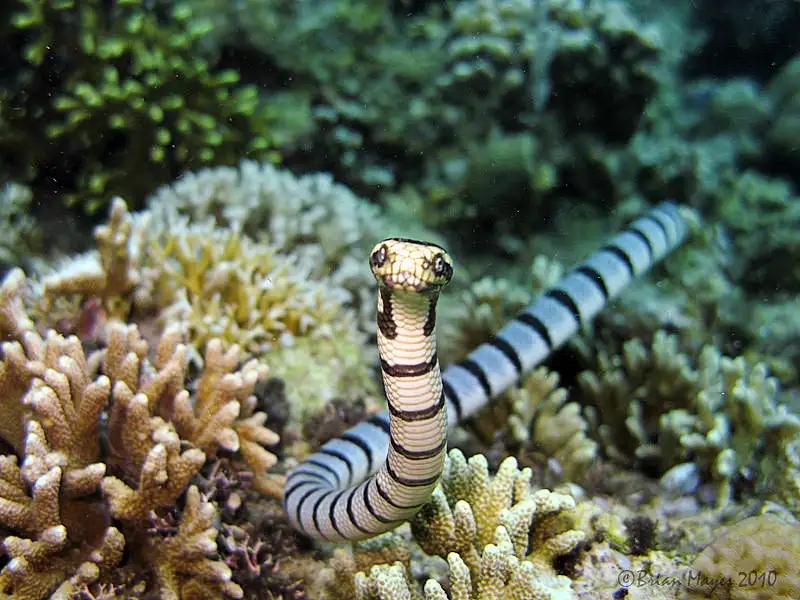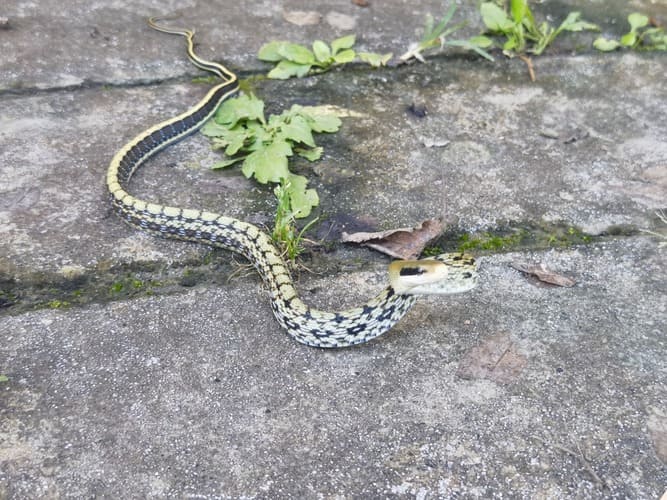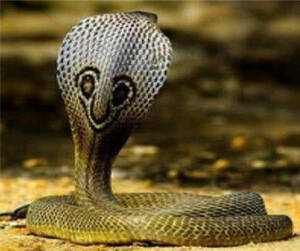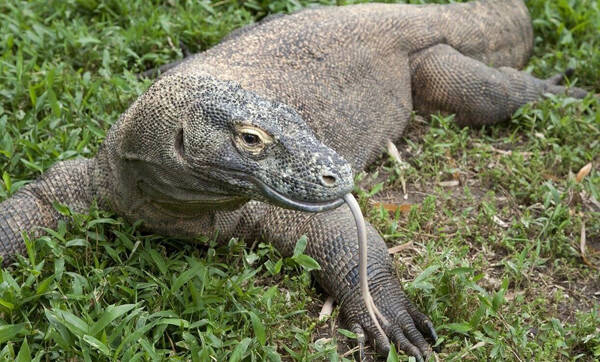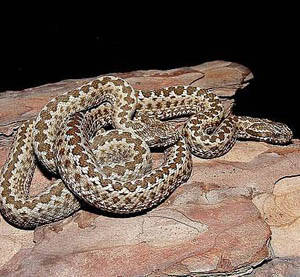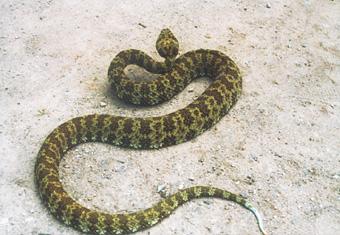Naja naja
IUCN
LCBasic Information
Feature
The stripes on the back look like a smiling face
Distribution and Habitat
Indian cobras are mainly distributed in mainland India (except northeastern India), and are also found in Sri Lanka, Pakistan, Nepal, Bhutan and Bangladesh. Indian cobras can be found at altitudes below 2,000 meters.
The habitats of Indian cobras are mostly virgin forests, rice fields and parks, and they also live in dark places such as sewers.
Appearance
The average length of the Indian cobra is 1.4-1.6 meters, and the longest known record is a male snake of about 2.25 meters. Ordinary ones are usually more than 1.6 meters long. The longest record holder in Sri Lanka is a female snake, 1.85 meters long. Male snakes are generally larger than female snakes in terms of body and tail.
The scales of the Indian cobra are arranged diagonally in a shingle-like manner and are of various colors. There are light brown, brown, olive green, dark gray green or completely black Indian cobras, and these colors can be mixed together or appear in horizontal stripes. Its throat is usually pinkish yellow. However, we can also find some variant albino individuals: the whole body is pinkish yellow and the eyes are red.
When facing an enemy, the skin of the Indian cobra's neck can be stretched to pose its famous threatening posture.
The Indian cobra has neither external ears nor eardrums, ear holes or Eustachian tubes. However, it has a very de
Details
The Indian cobra (Latin name: Naja naja) is a species of snake in the genus Naja of the family Elapidae, and is also an important representative species in the genus Naja. The keyword "Naja" in the scientific name of this snake species and the entire genus Naja comes from the snake god "Naga" in Hinduism.
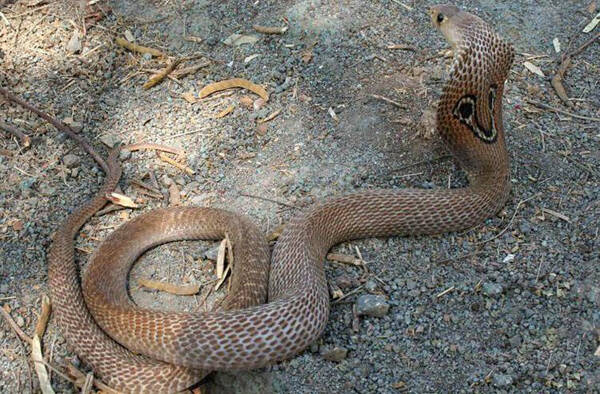
In India, the cobra has a sacred and terrifying image, and in Indian mythology it even has the supreme authority of the godhood. The Indian god Shiva always has a protective cobra around his neck; Vishnu, the great god who controls the universe, often lies on Shesha, the "king of a thousand snakes". There is also a custom of worshipping snakes during religious festivals in India. There are many stories about cobras in Indian mythology, and there are records of cobras and mouse snakes mating. Indians regard snakes as gods. Snakes are the earthly incarnation of "Shiva", one of the three major gods in Hinduism. People especially like cobras. Locals call cobras "Nura Panbu", which means good snakes.
Indian cobras like to live alone and move in pairs during the breeding season. They mainly feed on rodents (such as mice), toads, frogs, birds and some snakes.
Indian cobras are oviparous animals and lay eggs between April and July every year. Female snakes can lay 12 to 30 eggs each time and incubate the eggs in a nest set underground for 48 to 69 days. The newborn Indian cobra is about 20-30 cm long, and it has a complete venom gland soon after birth.
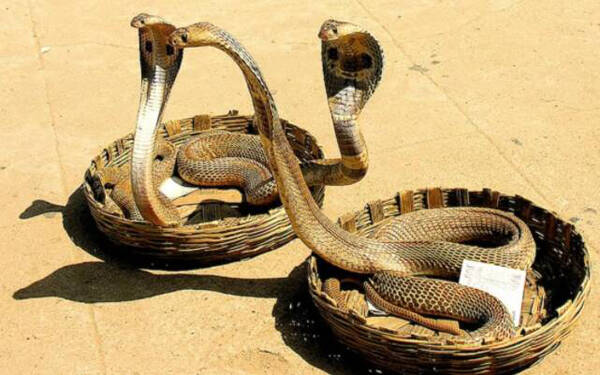
The venom of the Indian cobra is a strong neurotoxin, which mainly attacks the heart, muscles, and nerves of the respiratory system. Therefore, the wound will not be very painful. The toxin will block the connection between the organs and the nervous system, causing muscle paralysis, respiratory failure, and cardiac arrest. One ounce of Indian cobra venom is worth $9,000.
Usually after being bitten by an Indian cobra, burning pain and numbness appear at the bite site, and there may be unsteady gait, weakness in the limbs, heavy head drooping, ptosis, salivation, nausea, vomiting, difficulty swallowing, slurred speech, followed by quadriplegia, weak breathing, and conscious suffocation. Finally, death may occur due to paralysis of the respiratory center and heart failure. The interval from bite to death varies from 30 minutes to 30 hours.
Another well-known image of the Indian cobra is that it is used as a performance tool by Indian street performers. There are many street snake charmers in India who can control Indian cobras to perform all kinds of funny and strange postures. The prominent image of the Indian cobra (with wide skin folds and distinct eye pattern) and the rhythm of its movements in coordination with the sound of the flute make it an important symbol of Indian street culture. Snake charmers usually place Indian cobras in a rattan basket for performances. However, they cannot hear any flute sounds, but they can follow the ups and downs of the flute keys with their vision and feel the vibrations from the snake charmer's feet on the ground to move and react.
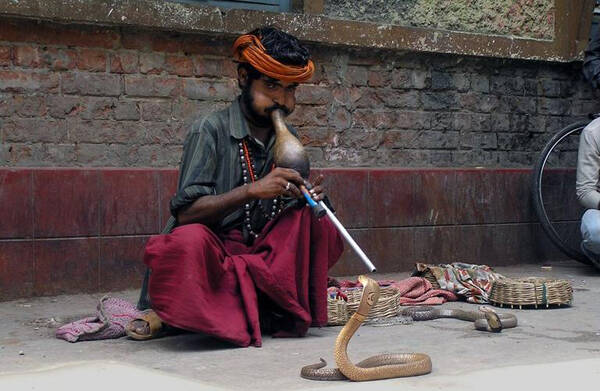
Listed in the "Red List of Threatened Species of the World Conservation Union" (IUCN) 2019 ver 3.1-Endangered (LC).
Listed in Appendix I, Appendix II and Appendix III of the 2019 edition of the Convention on International Trade in Endangered Species of Wild Fauna and Flora (CITES).
Protect wild animals and eliminate game.
Maintaining ecological balance is everyone's responsibility!

